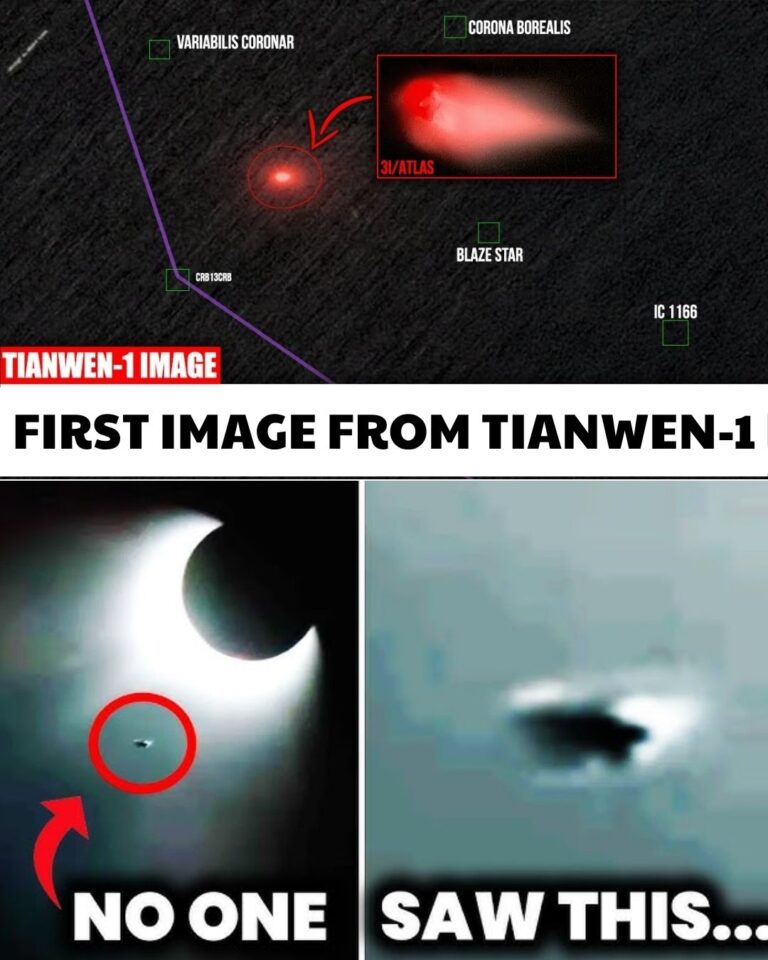In an electrifying demonstration of ambition and engineering prowess, SpaceX’s Starship Flight 11 launched on Monday, solidifying its standing as a key player in the escalating race for dominance in space exploration—a race that could ultimately determine the balance of power on Earth. As tensions rise over geopolitical control of space, with China making significant moves to assert its presence, this recent launch by SpaceX reinforces America’s commitment to maintaining its leadership in extraterrestrial ventures. The stakes have never been higher!

Lifting off from the southern tip of Texas under a sunset sky, the massive Starship—heralded as the largest and most powerful rocket ever built—spearheaded another pivotal moment for SpaceX and NASA’s joint ambitions. This successful flight was not merely about leaving Earth’s atmosphere; it was a tactical strike in an interstellar contest that could shape the future of our planet. Elon Musk, SpaceX’s audacious CEO, made a rare public appearance during the livestream, declaring that his initial plan was to observe the launch from outside mission control, symbolizing a hands-on approach that permeates the company’s culture. “It’s really going to be much more visceral,” he stated, heightening the dramatic gravity of the moment.
As the rocket roared to life, separating flawlessly from its Superheavy booster before plunging into the Gulf of Mexico as designed, eyes were on the spacecraft itself, which soared to the outer reaches of the atmosphere. The Starship spacecraft achieved remarkable milestones: deploying eight payloads during its six-minute flight at a staggering altitude of 119 miles (192 km) above Earth. Even amidst the heat of re-entry, with intentionally stripped heat shield tiles, Starship demonstrated resilience and control through a complex maneuver before gently splashing down into the Indian Ocean—a moment captured by cameras and met with cheers from engineers celebrating a monumental victory.

“This is a significant step forward toward our goals,” remarked Gwyn Shotwell, SpaceX’s president, who echoed the enthusiasm of the mission and its implications for NASA’s Artemis program. As Duffy, acting NASA administrator, emphasized on social media, this mission’s success is a critical advance towards returning American astronauts to the lunar south pole. “While we prepare for Artemis 2, every flight strengthens our progress on Artemis 3 and beating China back to the moon,” he asserted, highlighting the race-like urgency underpinning these endeavors.
While space exploration may seem distant from everyday concerns, the implications are staggering. Control of space translates to national security, economic power, and technological supremacy. With looming anxiety over China’s advancements, U.S. officials are acutely aware that any signs of delay in America’s space ambitions could allow adversaries to seize the initiative. Recently held Senate hearings highlighted the need for a rapid response to avoid conceding any strategic advantage—essentially turning a cosmic race into a high-stakes chess match where each piece moved could dictate future power dynamics.

The pressure on SpaceX is mounting. Current plans from NASA hinge on the ability of Starship to prove itself as more than just a robust launch vehicle—it must demonstrate reliability to be reused effectively within constrained timelines. These requirements include multiple quick launches, landings, and the logistical challenge of orbital refueling—key milestones separating today’s test flights from tomorrow’s deep space missions. Fortunately, many analysts have hailed the recent Flight 11 as a vital step that brought SpaceX closer to overcoming these hurdles.
Notably, minimal damage to the spacecraft during re-entry suggests that rapid refueling could become feasible. A shining achievement, this launch indicates that Starship could potentially fly again with little refurbishment, alleviating some of the burdens of repetitive missions. Yet, as SpaceX well recognizes, much remains to be accomplished. The company is gearing up for the next phase of Starship development, focused on Block 3, a next-gen rocket that could fulfill long-term aspirations for journeys to the moon and beyond.

Block 3 promises enhancements that could significantly reshape the trajectory of space travel, from increased propulsion capabilities to durable new energy systems, making it more than just a technological marvel—it’s a vessel for the next chapter of human exploration. In fact, the forthcoming iterations aim at delivering the kinds of operational capabilities necessary for true deep-space missions, such as propellant transfer and long-duration flights.
With major changes already noted in the Superheavy booster and updates to essential systems like fuel transfer mechanisms and grid fins to optimize landings, SpaceX is gearing up for what promises to be a transformative period in launch vehicle technology. As these innovations roll out, the company is simultaneously expanding to establish launch sites at Cape Canaveral and Kennedy Space Center in Florida, indicating a growth trajectory that will support greater mission capacity in the future.

While the ambitions soar sky-high with Starship, it’s also worth underscoring the impending NASA Artemis 2 mission, which carries the weight of history. Scheduled for a journey around the moon with a crew composed of trailblazing astronauts—including a Canadian representative for the first time—the Artemis 2 mission will mark a significant step for NASA as it returns humans to the lunar vicinity for the first time in over 50 years.
However, as the mission timeline adjusts due to unforeseen hiccups in technical preparations, the intensity is palpable. Each launch, each maneuver, and each successful test will be evaluated against a backdrop of rising global insecurity, as geopolitical stakes intensify. The pressure is on both NASA and SpaceX not only to reclaim the moon but to ensure that America stands as the inevitable leader in space exploration and venture capitalism.

As the momentum builds and the countdown begins for subsequent flights and missions, one thing is clear: space and the race for control over it is no longer the final frontier of exploration, but a battleground for influence, economics, and future prosperity on Earth. The cosmic chessboard is shifting. America must move firmly, strategically, and quickly to ensure it maintains its position in the unequivocal race for space dominance against formidable opposition, or risk ceding its future lightly to those who are poised to take it.





